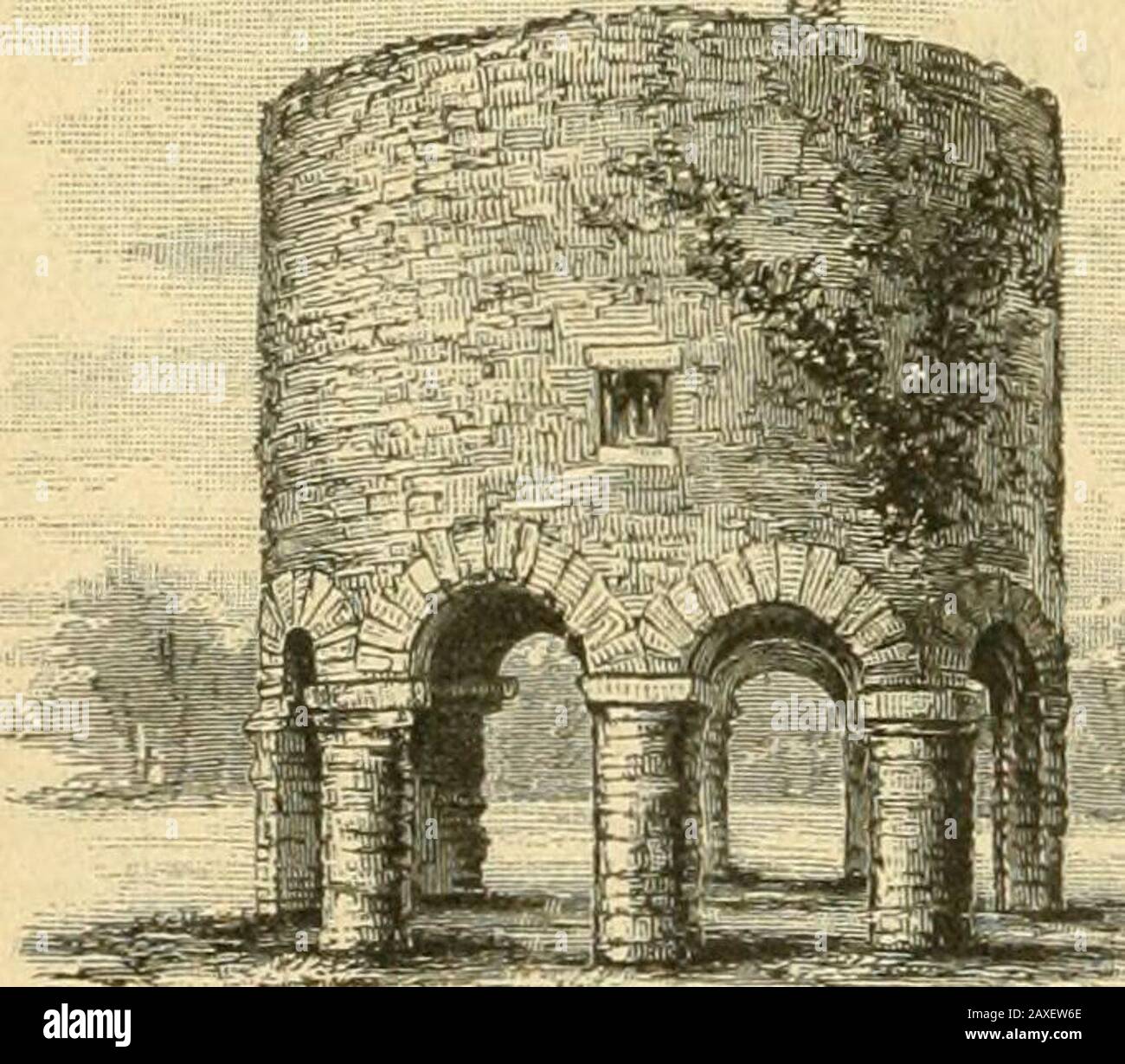A history of the United States . The DiGHTON Rock in Massachusetts, loug supijosed to bear an inscrip-tidii left by the Northmen. The figures are now kuov/n to be Indianhieroglyphics. abundance of wild grape vines, they called Vinland, builtsome houses, and then returned to GIreenland with a cargo of timber. Several othervoyages were madethither and a temporarycolony was established,the latest mention ofa voyage dating fromabout the middle ofthe fourteenth cen-tury. Such is the storyof the Sagas. The mainfeatures of the accountare generally held tobe correct, but the loca-tion of the Northmens

Image details
Contributor:
The Reading Room / Alamy Stock PhotoImage ID:
2AXEW6EFile size:
7.1 MB (415.2 KB Compressed download)Releases:
Model - no | Property - noDo I need a release?Dimensions:
1688 x 1480 px | 28.6 x 25.1 cm | 11.3 x 9.9 inches | 150dpiMore information:
This image is a public domain image, which means either that copyright has expired in the image or the copyright holder has waived their copyright. Alamy charges you a fee for access to the high resolution copy of the image.
This image could have imperfections as it’s either historical or reportage.
A history of the United States . The DiGHTON Rock in Massachusetts, loug supijosed to bear an inscrip-tidii left by the Northmen. The figures are now kuov/n to be Indianhieroglyphics. abundance of wild grape vines, they called Vinland, builtsome houses, and then returned to GIreenland with a cargo of timber. Several othervoyages were madethither and a temporarycolony was established, the latest mention ofa voyage dating fromabout the middle ofthe fourteenth cen-tury. Such is the storyof the Sagas. The mainfeatures of the accountare generally held tobe correct, but the loca-tion of the NorthmensVinland cannot be de-termined, and no archae-ological remains havebeen found on the American continent to corroborate the Sagas.^ 1 The remains of the old mill at Newport, Rhode Island, and certain inscrip-tions have at one time and another been held to date from the visits of theNorthmen; but archaeologists have not assented to these views.. !)i, i) iMii I .i NiuiuM loiii; euontouslysupposed to hae been l)uilt bj the North-men. §5] COLUMBUS AND THE SPANISH DISCOVERERS. 7 COLUMBUS AND THE SPANISH DISCOVERERS. 5. Columbus and the Indies. — That Christopher Columbus^of Genoa is entitled to the honor of being considered the realdiscoverer of Americais clearly proved bythe fact that he wasthe first person whoplanned to sail west-ward over the un-known ocean, and thathe never faltered inthe prosecution of hisheroic design. It istrue that he made themistake of thinking hewould come to Indiarather than to a newcontinent, and thathe underestimated thedistance he wouldhave to sail; butsuch mistakes were , . „ , , COLUMBUS.2 natural m view ot the lack of geographical knowledge at that time. It was generally believed, by priest and layman alike, that the earth was flat, 1 Born at Genoa, Italy, about 1436 ; died, loO(j. Early became a maker ofmaps and charts ; about 1470 went to Lisbon, whence he sailed to Guiuea, andprobably t